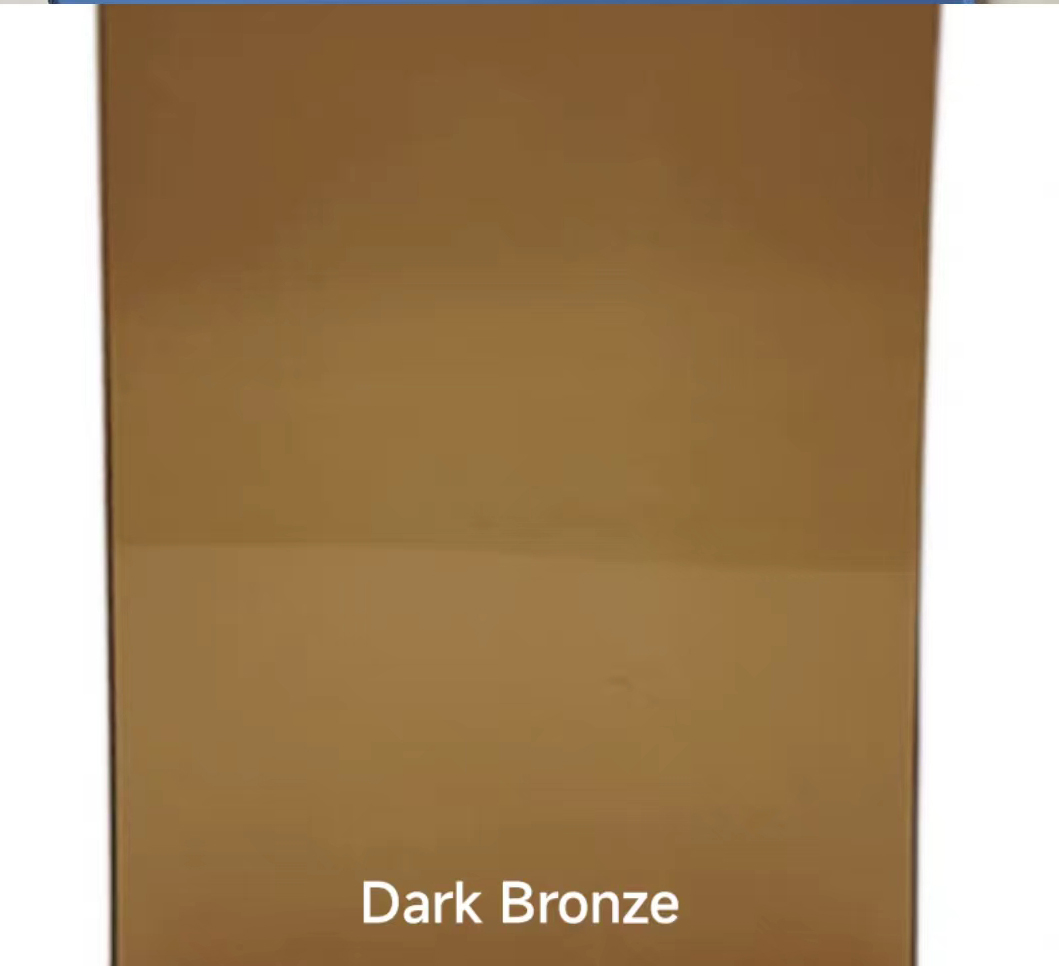

Float Glass Sheet A Comprehensive Overview
Float glass is a type of flat glass that is produced by the float glass process. This method has revolutionized the glass manufacturing industry since its invention in the mid-20th century, primarily due to its ability to produce high-quality sheets of glass with a smooth surface and uniform thickness. In this article, we will explore the properties, manufacturing process, applications, and advantages of float glass sheets.
Manufacturing Process
The float glass process begins with raw materials, including silica sand, soda ash, and limestone, which are mixed and melted in a furnace. The molten glass is then poured onto a bed of molten tin, which creates a flat and even surface. The density of glass is lower than that of tin, allowing the glass to float and spread out over the tin's surface. This results in glass sheets that are free from imperfections, such as bubbles and waves.
As the glass continues to float on the tin, it slowly cools and solidifies into a large sheet. The thickness of the sheet can be controlled by regulating the temperature and the speed at which the glass flows over the molten tin. After cooling, the glass is cut into sheets of various sizes for further processing or direct use.
Once cut, the sheets may undergo additional treatments such as annealing to relieve internal stresses, polishing, or applying coatings for enhanced performance. The end product is a smooth, high-quality float glass sheet that is ready for various applications.
Properties and Characteristics
Float glass sheets are known for their excellent optical clarity and uniformity. The smooth surface allows for maximum light transmission, making it ideal for applications where visibility is crucial. Additionally, float glass is available in different thicknesses, ranging from 2mm to over 19mm, which can be chosen based on the specific requirements of the application.
One of the defining characteristics of float glass is its strength. While it is more fragile than other materials, such as tempered glass, it can still withstand moderate impacts and stress. It is also resistant to UV radiation, making it suitable for applications exposed to sunlight for extended periods. However, it is essential to note that float glass is not inherently safety glass, meaning it can shatter upon impact unless treated further or coated with a safety film.
Applications of Float Glass Sheets

Float glass sheets are versatile and can be used in a multitude of applications across various industries
1. Architecture The most common use of float glass is in the construction and architecture industry. It is used for windows, facades, and skylights. Its clarity and aesthetic appeal make it a preferred choice for modern buildings.
2. Automotive Float glass is used in automotive applications for windows and windshields. While automotive glass often requires additional treatment, such as lamination or tempering for safety, the float glass serves as the primary material before these processes.
3. Interior Design In interior design, float glass is used to create elegant partitions, tabletops, and decorative elements. Its transparency and reflectiveness add a touch of sophistication to any space.
4. Electronics The electronics industry utilizes float glass in the production of screen displays due to its optical clarity and responsiveness to touch.
5. Furniture Many furniture designs incorporate float glass for its aesthetic appeal and durability. It is commonly used in coffee tables, shelves, and cabinet doors.
Advantages of Float Glass Sheets
One of the primary advantages of float glass sheets is their cost-effectiveness. The float process allows for large-scale production, reducing manufacturing costs while maintaining quality. Additionally, float glass is 100% recyclable, making it an environmentally friendly option for construction and design.
Moreover, float glass can be treated with various coatings to enhance its properties. It can be transformed into low-emissivity (Low-E) glass, which reflects infrared light and improves energy efficiency in buildings. This further heightens its appeal in modern construction focusing on sustainability.
In conclusion, float glass sheets are a remarkable product of modern engineering that combines utility and aesthetics. Their versatility makes them indispensable in numerous applications, from architecture to automotive and interior design. As technology advances, the demand for float glass is likely to grow, pushing innovation in manufacturing techniques and enhancing its properties for an even wider range of applications.